In photography, learning and knowing how to use and manipulate light will always be an advantage. Especially when it comes to portrait photography because you aren’t always going to photograph your clients in the most ideal light.

Sometimes you don’t have a choice but to put your clients in direct sunlight.
Backlight your subjects
You might think that backlighting can only apply during sunset hours, however, it can be used any time the sun has passed its peak. Once the sun angles a bit, you are able to backlight your subject.
This technique is best to keep direct sun off your client’s face and avoid those weird shadows that happen under the eyebrows, nose, and chin.

Backlighting your clients can help minimize shadows.
It also helps to keep people from squinting. Keeping your subject’s face away from direct sunlight will also help keep them comfortable during the session. Beware of backgrounds as well because sometimes, to keep the light of your client’s face, it may mean having them in front of ab undesirable background.

Backlighting can also add lens flare to your photos in an artistic way.
Try your best to position your subjects away from direct sunlight while still keeping the background that you desire.
Use reflectors
Luckily, because the sun is high in the sky, and most likely really bright, you’ll have big natural light reflectors at your disposal.
Natural reflectors are great to bounce light back onto your subject without having to spend tons on expensive photographic gear. They are found at the location and can fill in the shadows nicely.

Use a shaded area to help with bright sunlight. The sand also acts as a natural reflector and bounces light back onto people’s faces.
Natural reflectors include big parking lots, sidewalks, windows, big light-colored walls, silver or white cars, buildings with silver or reflective paneling/architectural designs, light-colored cement walls/floors, sand at the beach, and any found natural reflective surface.

Use the sand as a natural reflector. Use trees to create a frame within a frame.
Backlight your subject when the sun has passed its peak and position them in front of a large natural reflector to bounce light back onto their face.
Professional photographic reflectors are also great to use if you have one already. Position your subject with their back to the sun. Use the silver side of the reflector to bounce light back onto them.
Be careful not to aim the reflected light directly into your subject’s eyes as it can be really bright, almost as strong as direct sunlight. Angle it a bit until you find enough fill on their face.

Backlighting your clients can help with shadows.
Make sure you do not place your reflector on the floor pointing upward at your client. This will cause the light to bounce upward which will give you odd unflattering shadows on the face. Rather, have a stand or a friend hold the reflector up so that the light bounced back is around torso height.
Be careful when using the white side of the reflector during midday sun as this can cause your client’s face to wash out and look opaque.
Use a scrim to diffuse light
Some reflectors, especially the 5-in-1 kind, come with a translucent side. This translucent reflector helps to diffuse sunlight without completely blocking it out. You can also make your own using translucent fabric and a PVC/hula-hoop.

Hold the scrim over your client’s face or body to diffuse the light. Be careful of your backgrounds. If your background is brighter than your client, the background will be overexposed. If possible, try and match the light on the background to the light on your client.
Scrims are especially effective if you are going for close-up photos of your client.
Slightly underexpose
Underexposing while photographing in bright midday sun can help you get less washed out backgrounds. Underexposing your photo can also help retain details that otherwise get lost if they are too bright.

Put your clients in direct sunlight to get a different look.
After the session, you can bring up the shadows in your editing program of choice without losing detail in the rest of the image. Underexposing 1/2 – 1 stop can also help to keep the background details intact.

You can also expose for both your clients in one photo and in the next expose for the background. Later you can merge both photos so that your final photo is exposed for both the people and the scene.
This will also look a bit like HDR which gives your photo a more artistic and dynamic look. Make sure that both photos are taken using the same lens, at the same distance, with the same framing so that both images line up. Otherwise, it will be more difficult to merge the photos in an editing program.

Try to avoid photograph clients in really bright backgrounds otherwise, you’ll get this washed out background and lens flare.
Use flash
Flash is a great resource to use during the midday sun. Especially when you are in a location where natural reflectors are scarce or you need an extra pop of light. Flash is also handy during midday sessions so that you can properly expose for your clients while keeping the background from washing out.

Use flash to fill in shadows and compete with the bright sunlight behind.
Since you’ll be competing with the bright midday sun, point your flash directly at your clients to make sure the light reaches them. Using a diffuser can help to disperse the light. If you’re using your flash in manual mode, aim to use it at 1/8th power or more. This will give you enough power to light your clients.

Experiment with your flash in the high-speed sync mode where you can use shutter speeds higher than 1/200th of a second. You’ll get more fashion styled photos as the pop of light will be more directional and your background will be darker.
Pointing the flash at a big white wall can also help to bounce light back onto your clients meanwhile diffusing the light so that it isn’t so harsh creating a nice blended fill.

Two different portraits created in midday sun during the same session.
If your flash is attached to your camera, you can slightly bend the flash down to direct it towards your clients rather than having it all the way up. It can add more light to the scene and direct it where you want it to be.
Shoot in Shade White Balance
It might seem a little weird to photograph your entire session in the Shade White Balance and your eyes might take some time getting used to the sepia tones. However, photographing people in shade mode helps to keep skin tones even.
This is very important, especially while photographing during midday sun since it can be really bright and hard to keep the skin tone consistent.

Have fun photographing in the midday sun.
Shade White Balance allows you to then edit your photos so that you can get the exact skin tones that you desire.
Let creativity flow
Photographing during midday sun may not be ideal yet it can offer many different ways for your creativity to flow. Use shadows to create interesting effects. Try to face your client toward the direct sunlight and focus on the details.

Use midday sunlight to create different effects.
You can also use hats, palm leaves, water, and other interesting elements to create different styled photographs. Experiment with your flash in different positions. Use the sun as a subject within the photo.

Use the sun to create repeating patterns and shadows.
Allow your backgrounds to grow dark or wash out. Use the midday sun to highlight details that you want and put into shadow the details that you want to eliminate. There are many different ideas and letting the sun guide you can often give you the best results!
Put your clients in the shade
Just because you have to photograph during the harsh hours of midday sun, it doesn’t mean that you can’t use shaded areas to your benefit!
You don’t need a much shade, just enough for your clients to fit in. Tall buildings, large tall trees, and tall walls work to help shade your client from harsh light during the middle of the day. Position them close to a big natural reflector, keeping them in the shade while taking advantage of the light being bounced back.

Put your clients in the shade if you can.
Make sure you expose for your client’s face and not the background, this will help keep your skin tones even if the background washes out a bit.
In conclusion
While photographing in midday sunlight isn’t necessarily ideal, it can always offer some great ways to create different and interesting photographs of your clients. Practicing during these hours is also helpful in case you do have to photograph in midday sun such as a wedding day, for example.

Photograph your client in direct sunlight.
If you find yourself photographing during these peak hours of the day, just know that these tips will help you to get the best out of your session, no matter what the light is like.
The post How to do Portrait Photography in Bright Midday Sun appeared first on Digital Photography School.
































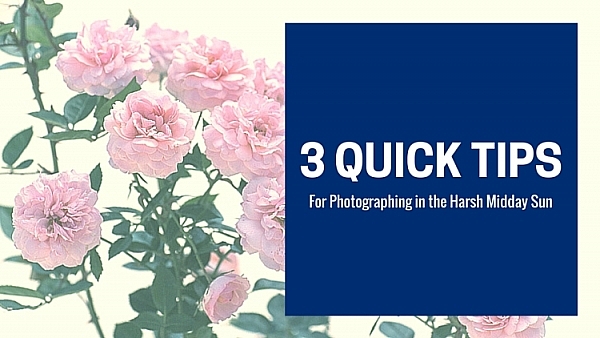
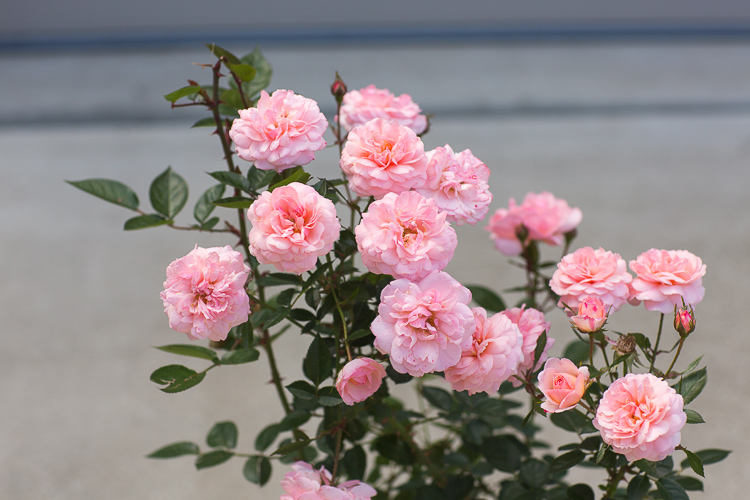
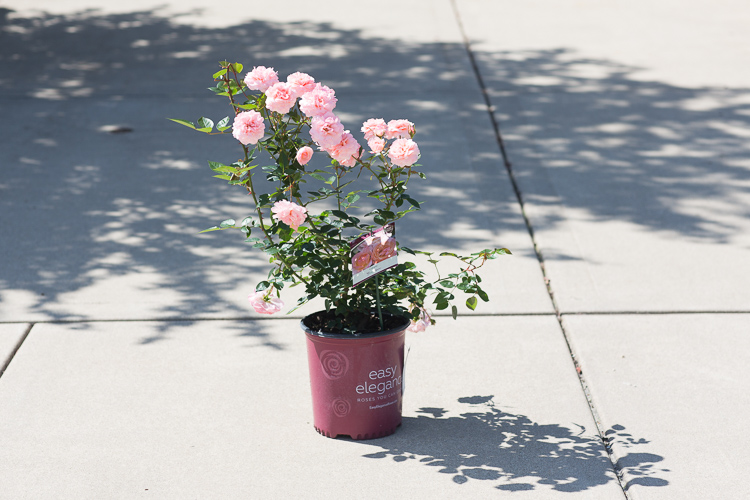
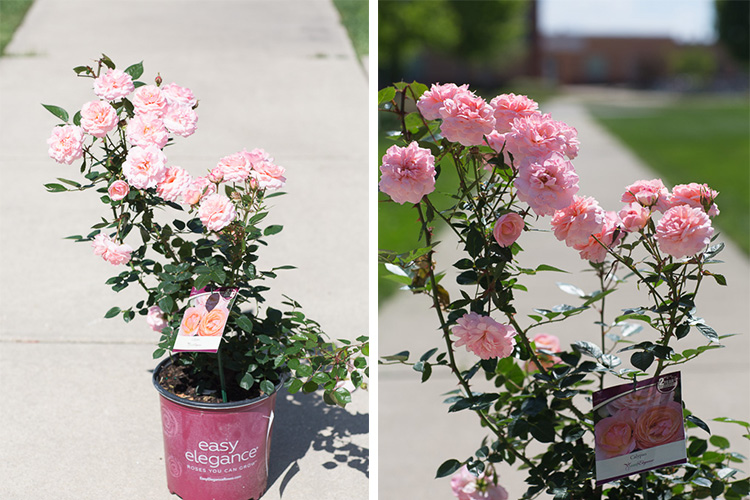
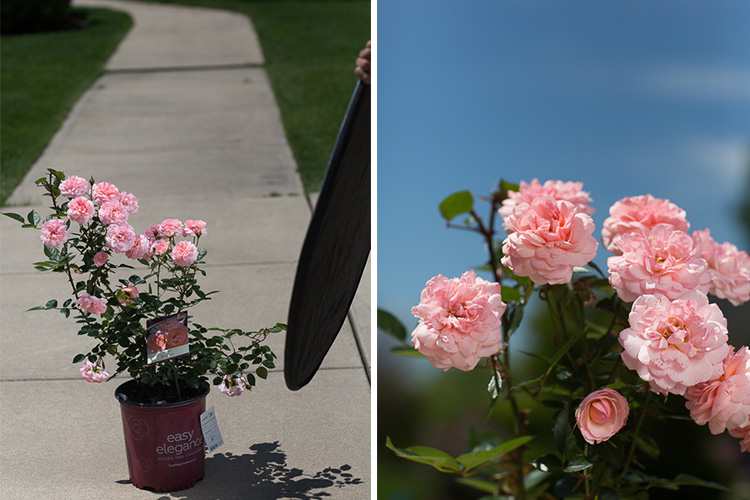
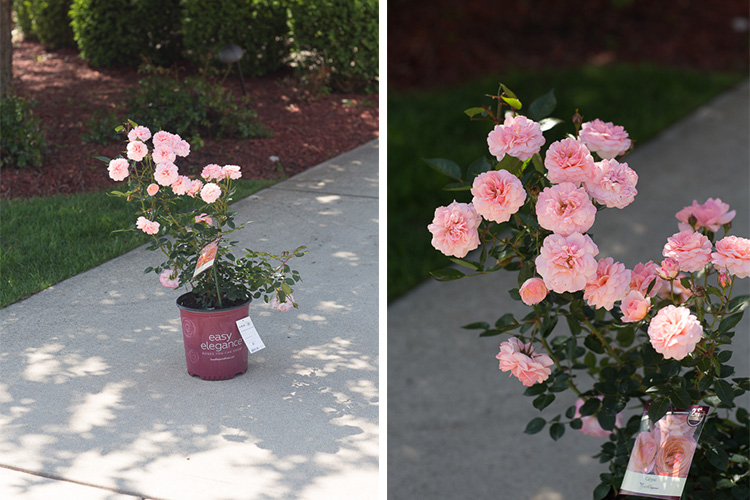
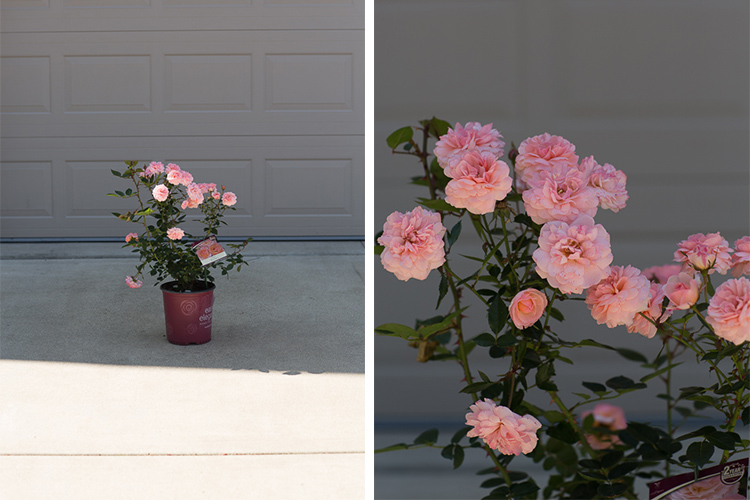

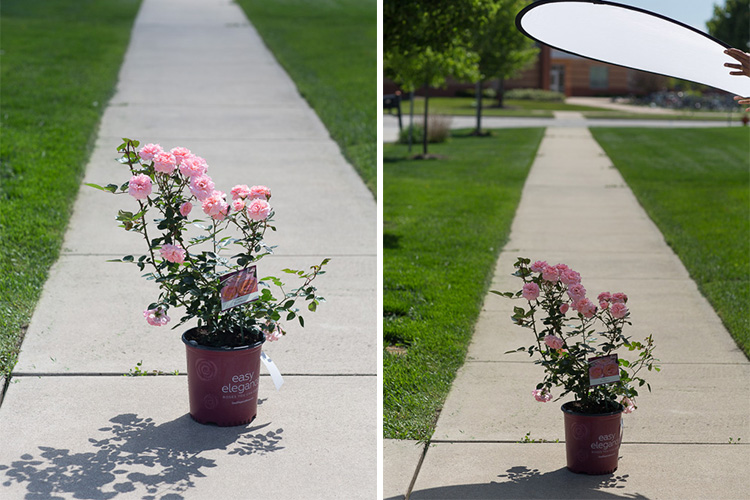
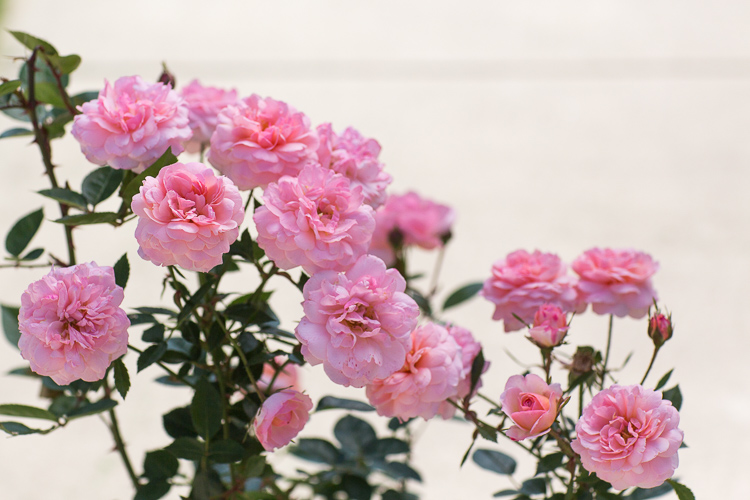
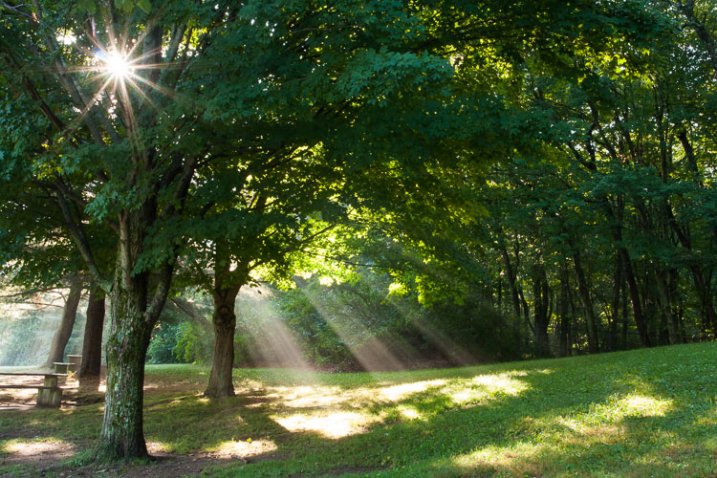
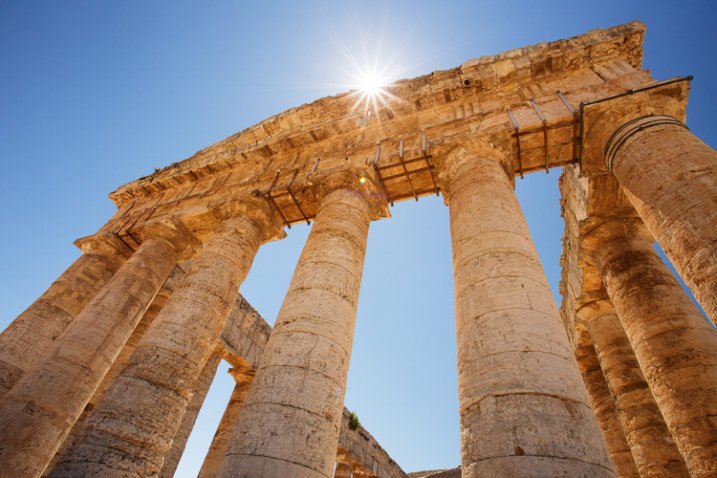
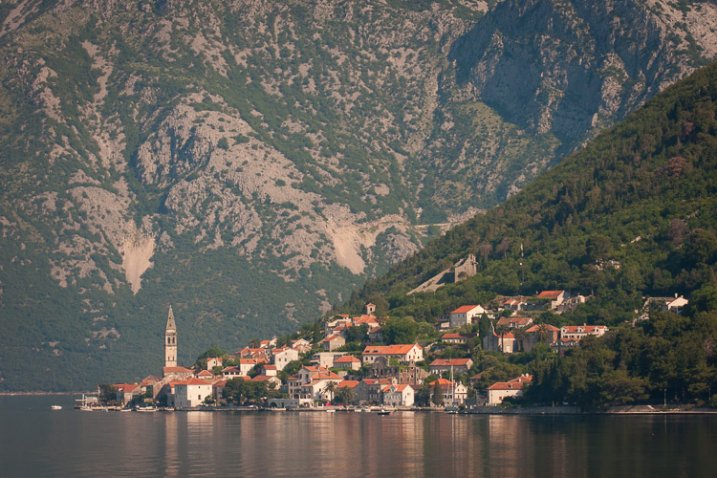
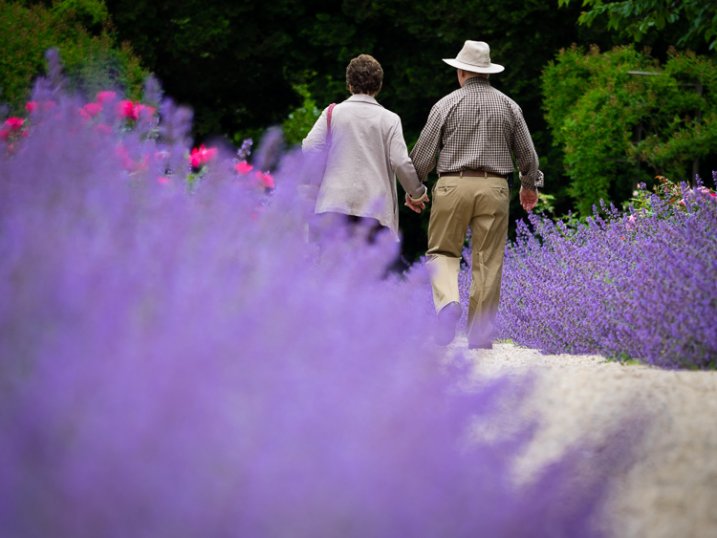
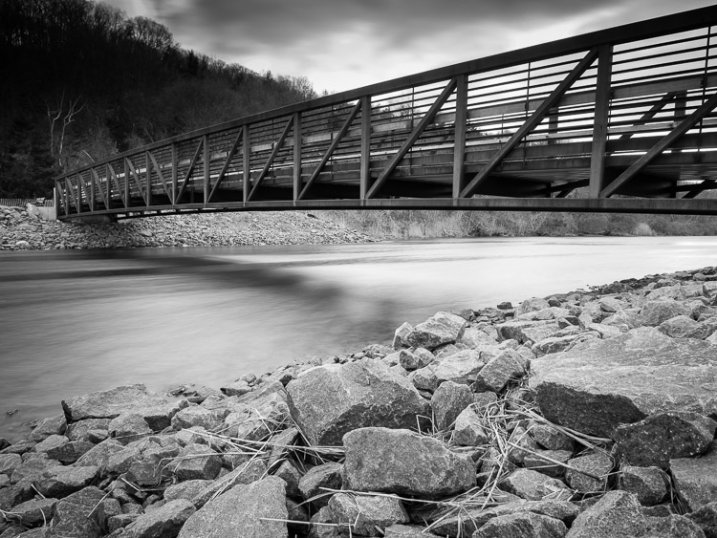
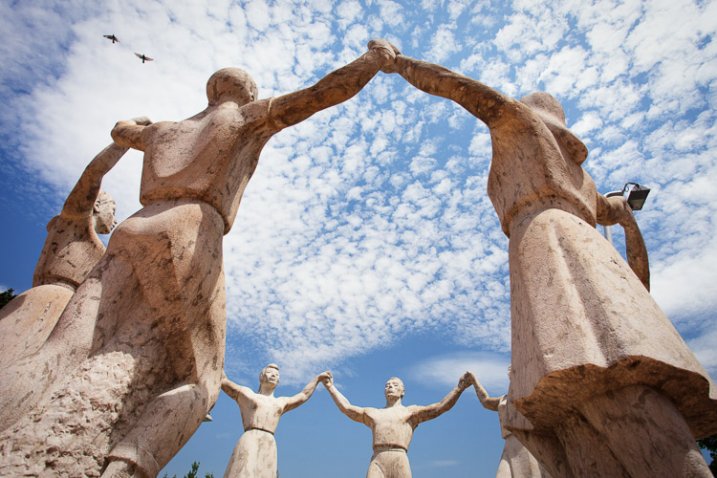


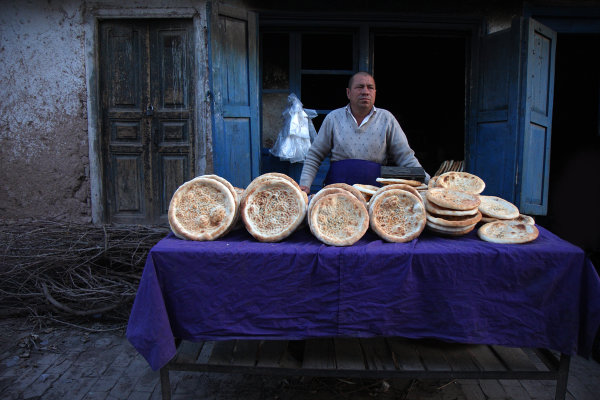
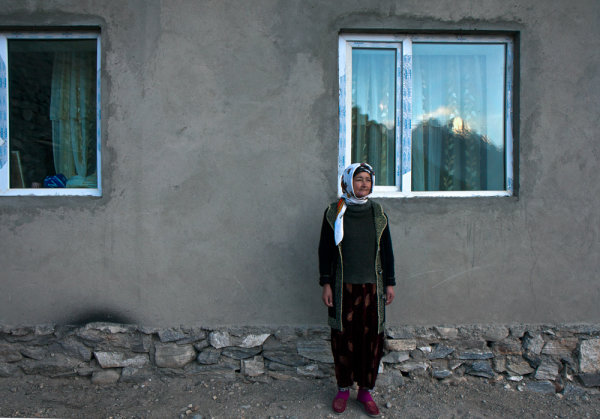
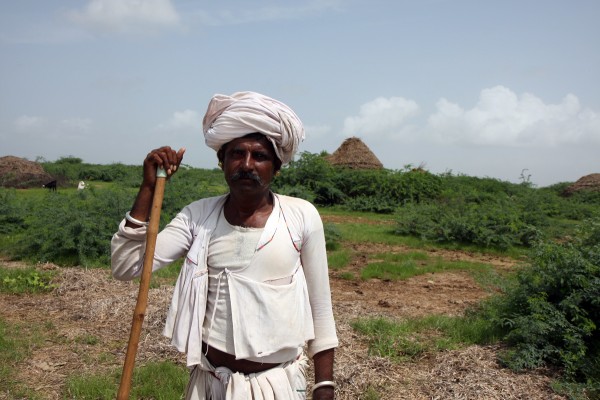
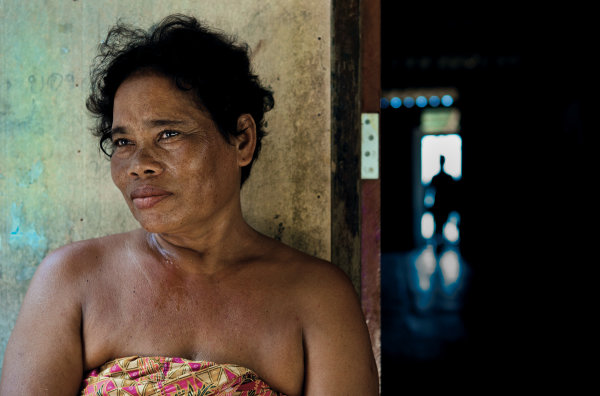
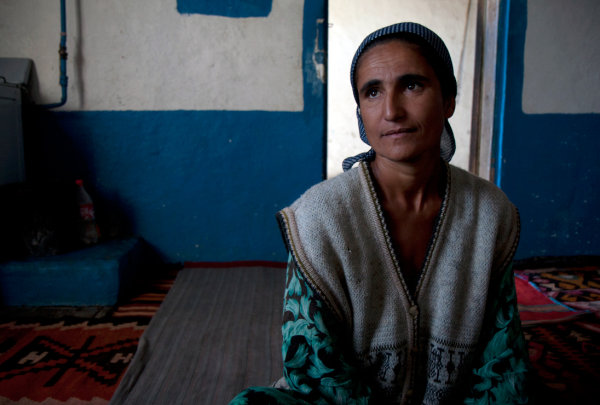
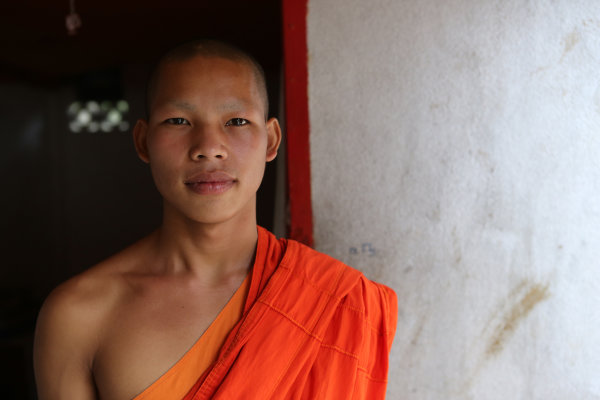
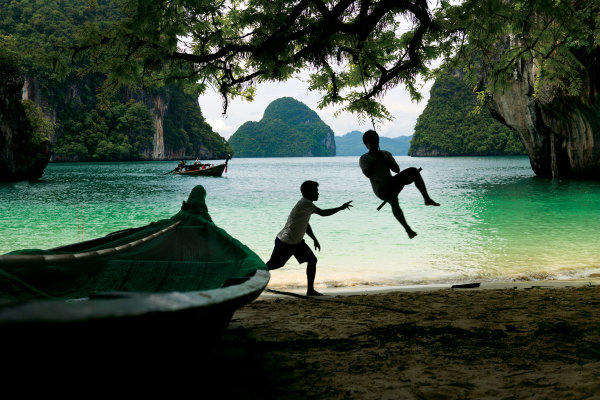
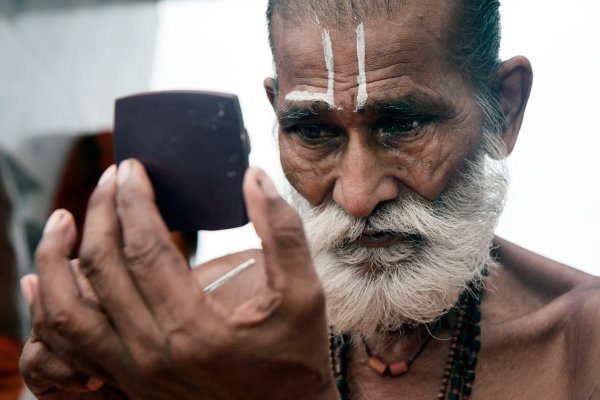


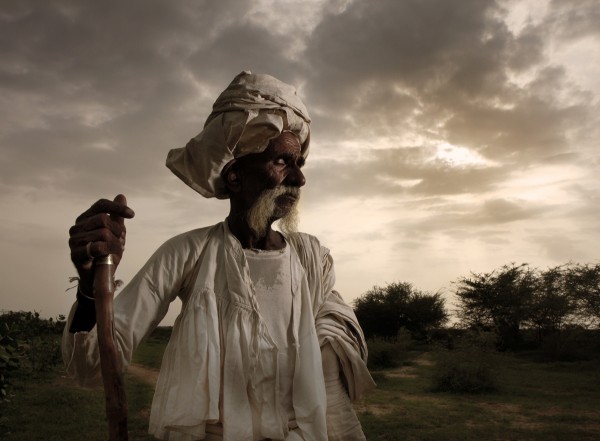
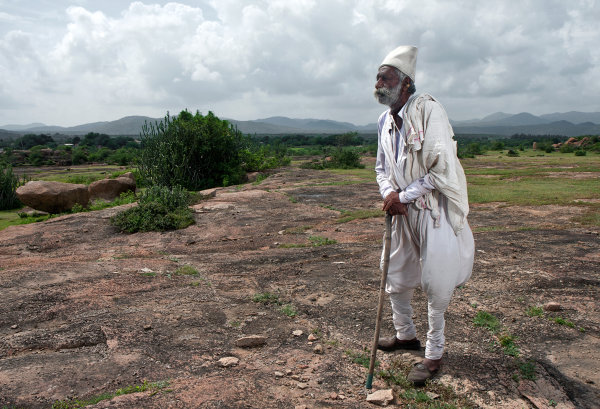







 Kinda like a bad sunburn – there’s not much you can do after the fact to fix it an overexposed picture. No… not even with aloe vera.
Kinda like a bad sunburn – there’s not much you can do after the fact to fix it an overexposed picture. No… not even with aloe vera.

You must be logged in to post a comment.